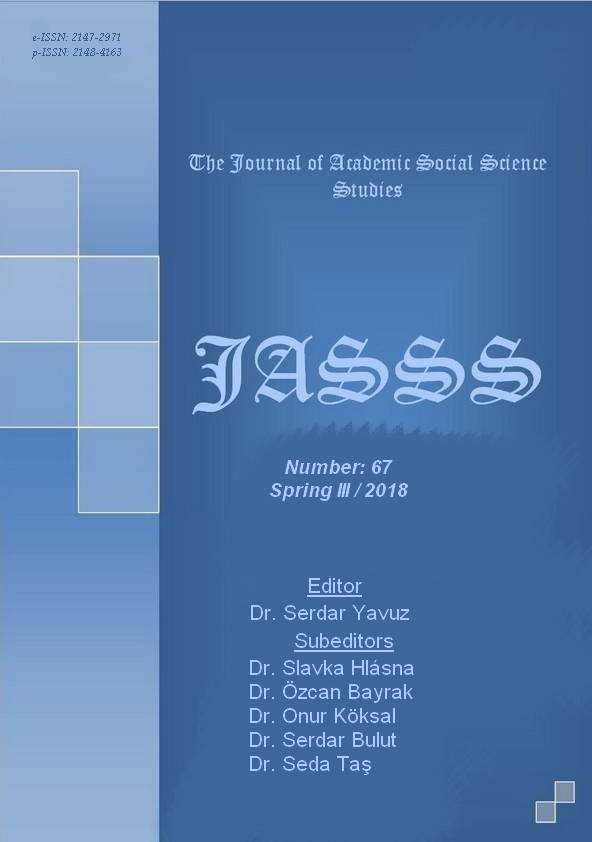Author :
Abstract
Astronomi bilimi İlkçağlardan beri insanoğlunun dikkatini çekmektedir. İnsanlar yaşamlarını bir düzen içinde kurmak ve günlük yaşamlarını sürdürmek için astronomi bilimine ilgi duymuşlardır. Doğal olarak bu durum İlkçağ uygarlıklarından başlayarak Ortaçağ uygarlıklarına kadar astronomi bilimine olan ilginin artarak ve katlanarak devam etmesine ortam hazırlamıştır. Temelde İlkçağ ve Ortaçağ astronomisi, Batlamyus’un Yer merkezli (Jeosantrik) astronomisinin etkisi ile gelişmiştir. Batlamyus’un çalışmaları ile matematiksel kuramlar üzerine kurulan Yer merkezli (Jeosantrik) evren modeli Kopernik dönemine kadar astronomi alanında doğru bir tez olarak varlığını sürdürmüştür. Ancak bu kuramda bir takım eksiklikler vardı. Bu eksikliklere önce Mısır, sonra Endülüs’ten itirazlar yükselmiştir. Bu noktada devreye giren ve Moğollar Dönemi’nde faaliyet gösteren Nasîrüddîn Tûsî ve Merâga Matematik-Astronomi Okulu yaptığı çalışmalar ile alternatif bir gezegen modeli geliştirmişlerdir. Özellikle Nasîrüddîn Tûsî ve Merâga Matematik-Astronomi Okulu’nun yaptığı çalışmalar Kopernik tarafından ileri sürülen günümüz astronomi anlayışına giden yolda önemli bir basamak olmuştur. Ayrıca Moğol astronomisi Türkiye Selçuklu astronomisinin gelişmesine de önemli derecede katkısı olmuştur. Gerek Merâga Matematik-Astronomi Okulu’nda eğitim gören bilginlerin Anadolu’ya gelmesi gerekse bu okulda okutulan bazı kitapların Anadolu’ya aktarılması Moğol astronomisinin Türkiye Selçuklu astronomisini etkilemesine ortam hazırlamıştır.
Keywords
Abstract
Astronomical knowledge Since the early ages, human beings have been attracting attention. People are interested in the science of astronomy to build their lives in an orderly way and to maintain their daily lives. Naturally, this situation has set the stage for increasing interest in astronomy science from the ancient civilizations to the medieval civilizations. Basically, the Ancient and Medieval astronomy was developed by the influence of Ptolemy's Earth-centered (geocentric) astronomy. The geocentric universe model based on the studies of Ptolemy and mathematical theories maintained its existence as a correct thesis in astronomy until the time of Copernicus. However, there were some shortcomings in this theory. These shortcomings first raised objections from Egypt and then Andalusia. At this point, Nasîrüddîn Tysî and Merâga Mathematics-Astronomy School, which were active in the Mongolian period, developed an alternative planetary model. Especially the work of Nasîrüddîn Tûsî and Merâga Mathematics-Astronomy School has been an important step on the way to the present understanding of astronomy as proposed by Kopernik. In addition, Mongol astronomy has also contributed significantly to the development of Turkey's Seljuk astronomy. The fact that the scholars who are studying in Merâga Mathematics-Astronomy School have come to Anatolia, the transfer of some books in this school to Anatolia has prepared an atmosphere for Mongolian astronomy to affect Turkey's Seljuk astronomy.





